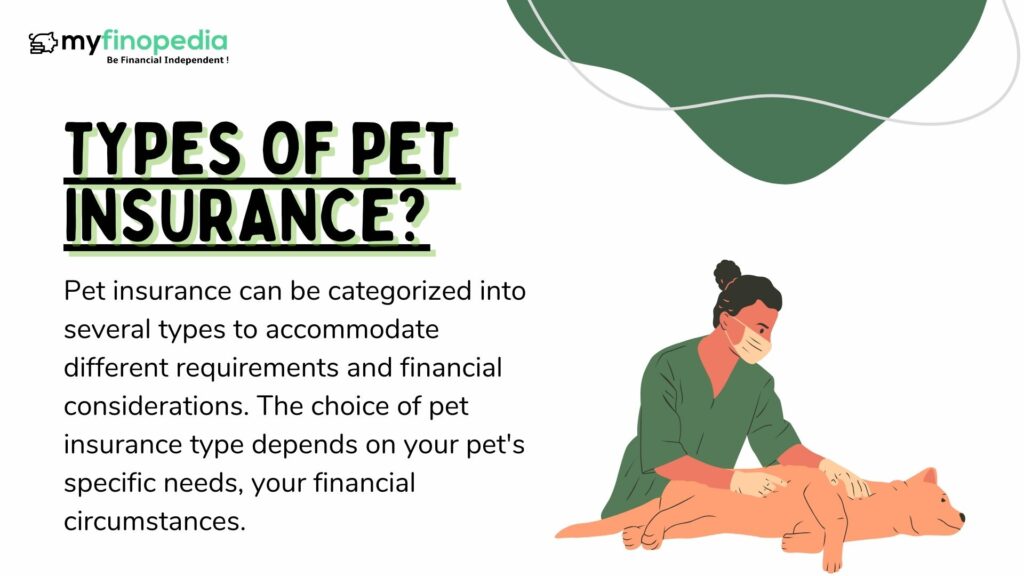Certainly, Pet insurance can be categorized into several types to accommodate different requirements and financial considerations. These categories include:
1. Accident Only Coverage- This basic insurance option primarily handles expenses related to injuries resulting from accidents, like fractures or incidents involving vehicles. It is a budget-friendly choice but doesn’t extend to illnesses.
2. Accident and Illness Coverage- A more comprehensive plan, it encompasses both accident-related injuries and various illnesses, including infections, cancer, and hereditary conditions. This type is the most commonly chosen pet insurance.
3. Wellness Plans- Typically offered as an addition to accident and illness coverage, wellness plans cover routine veterinary visits, vaccinations, and preventative treatments like flea control. They can also be found as standalone policies.
4. Routine Care Plans- Focused on defraying the costs of regular pet maintenance, these plans include expenses such as grooming, dental cleanings, and special diets. They are frequently used alongside accident and illness coverage.
5. Lifetime Coverage- This policy provides coverage for ongoing or chronic conditions throughout your pet’s life, as long as you renew the policy each year. While beneficial for chronic illnesses, it tends to be more expensive.
6. Pet Wellness Discount Programs- Not classified as insurance, these programs are membership-based and offer discounts on various pet services, including veterinary care, medications, and grooming.
7. Pet Savings Accounts- These are not insurance plans either but a way to save for future pet-related expenses. You allocate funds to a designated account, which can be used for any pet-related needs.
8. Exotic Pet Insurance- Some insurance providers offer specialized coverage for exotic pets like birds, reptiles, and small mammals, in addition to the more common coverage for dogs and cats.
The choice of pet insurance type depends on your pet’s specific needs, your financial circumstances, and your willingness to invest in your pet’s well-being. Careful research and policy comparisons are vital to find the plan that aligns best with your pet’s requirements and your budget. It’s important to consider factors like your pet’s age, breed, and your geographical location, as these can affect the cost and availability of coverage.






